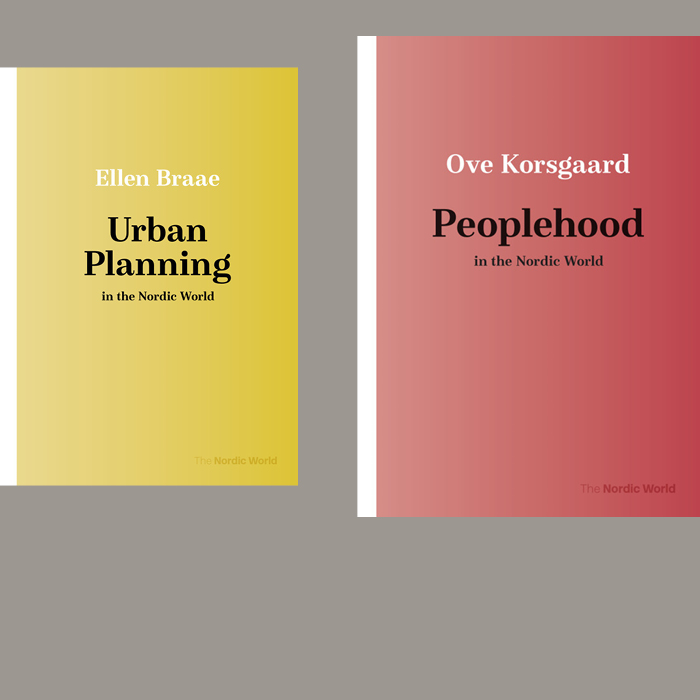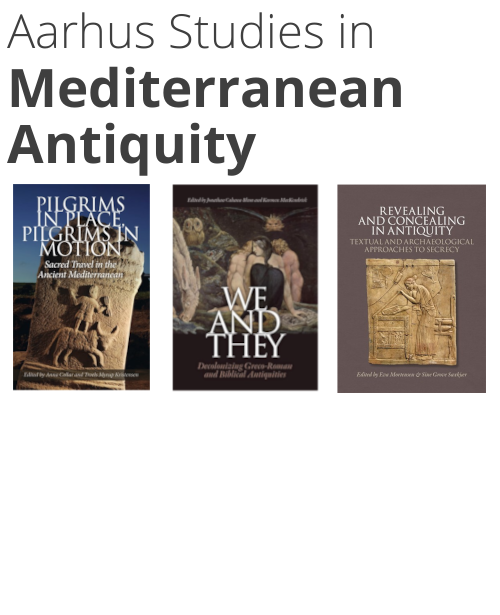
Grauballe Man
An Iron Age Bog Body Revisited
A part of the series Jysk Arkæologisk Selskabs Skrifter (49) , and the subject areas Archaeology and History
Edited by
Pauline Asingh and
Niels Lynnerup
With contributions by
Dorthe Ahrenholt-Bindslev,
Lene Warner Boel,
Jesper Lier Boldsen,
Michel Dalstra,
Jesper Frederiksen,
Bruno Frolich,
Jens Glastrup,
Markil Gregersen,
Rolf Bergholdt Hansen,
Jan Andreas Harild,
Jan Heinemeier,
Jesper Hudlebusch,
Hans Jørgen Jacobsen,
Niels Otto Jacobsen,
Robert C. Janaway,
Finn Taagehøj Jensen,
Kaj Josephsen,
Anne Grethe Jurik,
Mogens S. Koch,
Aksel Kruse,
René Larsen,
Michael Pedersen,
A. Mark Pollard,
Dorte Vestergaard Poulsen,
Michael P. Richards,
David Earle Robinson,
Mikkel Scharff,
Ben Stern,
Helle Strehle,
Hans Stødkilde-Jørgensen,
Desmond J. Tobin,
Esbern Warncke,
Caroline Wilkinson and
Andrew S. Wilson
More about the book
About the book
The Grauballe Man, whose sacrificial death was determined to have occurred around 290 BC, is one of the most remarkable bog finds from Denmark's Iron Age, and has for many years been the centre of considerable attention. In fact when the Grauballe Man's body was found in 1952, his skin, hair, beard, nails, muscles and bones were so well preserved that he was at first believed to have been the victim of a recently committed murder! With the renewed scientific focus on the immense research potential in such and, an interdisciplinary team of international scientists decided in 2001 to undertake extensive examinations of the body. The point of departure was a short period of 'hospitalisation', where various comprehensive examinations were conducted: The Grauballe Man underwent X-Rays, CAT-scans and other tests, allowing for the creation of an exact, three-dimensional chart of his inner and outer body. These tests allowed for new forensic studies of the body and new determinations of the circumstances that led to his death. From analyses of his teeth, to his hair, to his stomach contents -- and even to a reconstruction of his face -- the research has provided an important insight and invaluable knowledge of life more than two thousand years ago. This publication, richly illustrated with 320 colour photographs, is presented in a language which makes it indispensable for archaeologists, anthropologists, museum conservators and pathologists, but it will also appeal to lay enthusiasts within those fields of interest.
For purchases outside of Denmark:
If you are located in the USA or Canada, please contact our US distributor, Longleaf Services, at orders@longleafservices.org or +1 919-503-6590.
For purchases in all other countries, you can find the title through our global distributor, The Mare Nostrum Group, here: https://mngbookshop.co.uk




